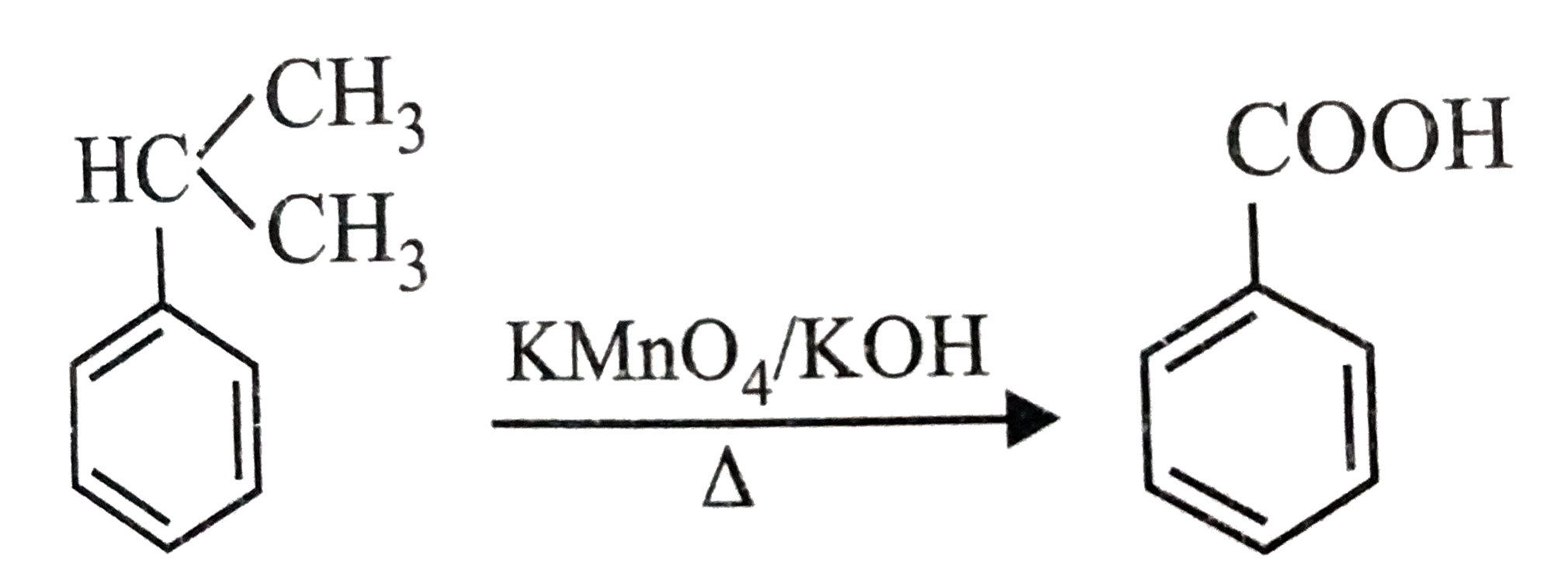If in a sperm the proximal centriole becomes non-functional , which of the following shall not occur?
First cleavage
Second cleavage
Maturation of oocyte
Spermiogenesis
To answer the question, "If in a sperm the proximal centriole becomes non-functional, which of the following shall not occur?" we need to analyze the role of the proximal centriole in the sperm and its implications for fertilization and subsequent developmental processes.
1. Understanding the Structure of Sperm:
- A sperm cell consists of several parts: the head, neck, middle piece, and tail. The head contains the haploid nucleus, while the neck contains the proximal centriole.
2. Role of the Proximal Centriole:
- The proximal centriole is crucial during fertilization. It helps in the formation of the mitotic spindle during the first cleavage division after fertilization.
3. Consequences of Non-Functional Proximal Centriole:
- If the proximal centriole is non-functional, it cannot assist in organizing the microtubules necessary for cell division. This means that the first cleavage (the first division of the fertilized egg) cannot occur.
4. Evaluating the Options:
- First Cleavage: This will not occur if the proximal centriole is non-functional.
- Second Cleavage: This occurs after the first cleavage, so it is dependent on the first cleavage happening.
- Maturation of Oocyte: This is a process that occurs prior to fertilization and is not directly affected by the proximal centriole in sperm.
- Spermiogenesis: This is the process of sperm development and is also not directly affected by the functionality of the proximal centriole after fertilization.
5. Conclusion:
- The correct answer is that the first cleavage will not occur if the proximal centriole in the sperm becomes non-functional.
Final Answer:
The first cleavage shall not occur.
---
- A sperm cell consists of several parts: the head, neck, middle piece, and tail. The head contains the haploid nucleus, while the neck contains the proximal centriole.
- The proximal centriole is crucial during fertilization. It helps in the formation of the mitotic spindle during the first cleavage division after fertilization.
- If the proximal centriole is non-functional, it cannot assist in organizing the microtubules necessary for cell division. This means that the first cleavage (the first division of the fertilized egg) cannot occur.
- First Cleavage: This will not occur if the proximal centriole is non-functional.
- Second Cleavage: This occurs after the first cleavage, so it is dependent on the first cleavage happening.
- Maturation of Oocyte: This is a process that occurs prior to fertilization and is not directly affected by the proximal centriole in sperm.
- Spermiogenesis: This is the process of sperm development and is also not directly affected by the functionality of the proximal centriole after fertilization.
- The correct answer is that the first cleavage will not occur if the proximal centriole in the sperm becomes non-functional.
The first cleavage shall not occur.
Topper's Solved these Questions
- HUMAN REPRODUCTION BOOK - CENGAGE BIOLOGY ENGLISHCHAPTER - HUMAN REPRODUCTION EXERCISE - Assertion -Reasoning Question
16 Videos
- HUMAN HEALTH AND DISEASEBOOK - CENGAGE BIOLOGY ENGLISHCHAPTER - HUMAN HEALTH AND DISEASEEXERCISE - ARCHIVES
46 Videos
- MICROBES IN HUMAN WELFAREBOOK - CENGAGE BIOLOGY ENGLISHCHAPTER - MICROBES IN HUMAN WELFAREEXERCISE - ARCHIVES
26 Videos
Similar Questions
Knowledge Check
Which of the following is a non-metal ?
AGalliumBIndiumCBoronDAluminiumWhich of the following reactions does not occur ?
A B
B C
C D
D
Which of the following is a non-electrolyte?
AHClBAcetic acidCKeroseneDNaCI
